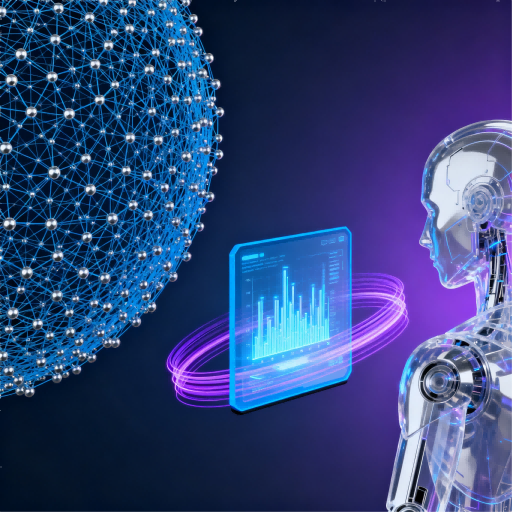With the rapid advancement of technology, emerging AI technologies are emerging like shining stars, revolutionizing our lives in unprecedented ways.
I. Integration of Quantum Computing and AI The fusion of quantum computing and AI is a technological revolution. The immense computing power of quantum computing provides unprecedented speed and processing capabilities for AI model training. Developing new quantum machine learning algorithms has become a hot trend, greatly enhancing the efficiency of data processing and model training and offering new approaches to solving complex problems. Meanwhile, designing and manufacturing quantum computing hardware optimized for AI applications has attracted the attention of entrepreneurs, injecting strong momentum into AI research and commercial fields.
II. Synergy between Edge Computing and AI Edge computing shifts data processing from central cloud to edge devices. When combined with AI, it demonstrates tremendous potential. Smart IoT devices such as intelligent security cameras and automated industrial inspection systems can perform real-time data analysis and decision-making without relying on the central cloud. Providing customized edge AI solutions for enterprises to meet the needs of applications with high real-time requirements, such as real-time monitoring and fault warning in industrial production.
III. Interaction between AR/VR and AI AR and VR technologies create immersive experiences, while the addition of AI makes these experiences more intelligent. In education and training, developing AR/VR applications integrated with AI improves teaching effectiveness through simulating real scenarios and interactive learning. In entertainment and gaming, AI is used to provide personalized experiences and intelligent interactions to engage users deeply. For example, generating personalized game storylines and characters based on players’ behaviors and preferences.
IV. Development of Embodied Intelligence 2025 is expected to witness significant breakthroughs in embodied intelligence. The narrative mainline of embodied intelligence is evolving from the physical body to the embodied brain, potentially reshaping the industry landscape and washing out startups. Technically, end-to-end models continue to iterate, and attempts at cerebellum-like large models may make progress. Commercially, applications of embodied intelligence in industrial scenarios will increase, and some humanoid robots may achieve mass production.
V. Unification of Multimodal Large Models The development of multimodal large models aims to achieve more efficient AI. By integrating multimodal data from the beginning of training and realizing end-to-end input and output of native multimodal technology, it brings new advancements in AI’s understanding and interaction abilities. This unified multimodal large model can better simulate human thinking processes, aligning and fusing data across multiple modalities such as vision, audio, and 3D.
Emerging AI technologies are expanding our cognitive boundaries at an unprecedented speed, bringing boundless possibilities to various fields. Like shining stars illuminating the future technological path, they are leading us towards a more intelligent, convenient, and innovative era. With confidence, we believe that under the impetus of these emerging AI technologies, human life will become even more enriched and fulfilling.
